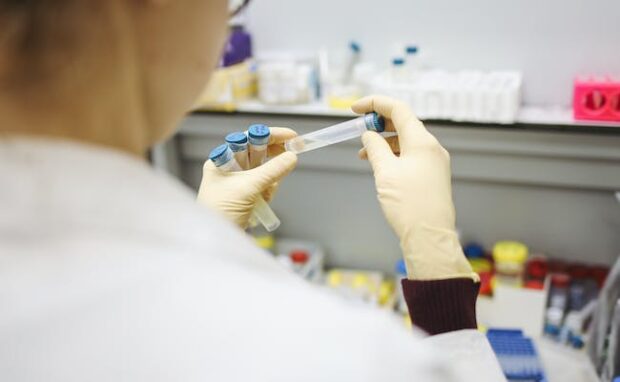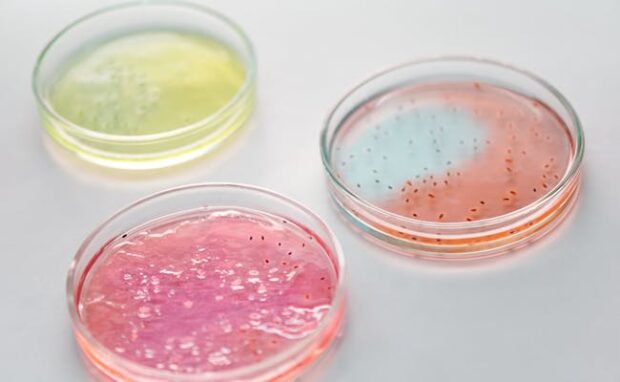New antibiotic class kills drug-resistant superbug
Researchers have identified a new antibiotic class that can kill bacteria resistant to most existing medicines. Zosurabalpin is highly effective against the bacterium carbapenem-resistant Acinetobacter baumannii (Crab), which the World Health Organization classifies as a “priority 1” pathogen due to its growing presence in hospitals.
The Centers for Disease Control and Prevention (CDC) says A.baumannii can infect the blood, the urinary tract, and the lungs. It can spread without causing symptoms and resists most drugs, making it a major threat to hospitals. Fortunately, scientists made a new medicine that could protect healthcare facilities against this pathogen.
This article will discuss how the Zosurabalpin antibiotic class takes down the A. baumannii superbug. Later, I will share another recent medical breakthrough.
How does this new antibiotic class work?

Researchers tested Zosurabalpin against more than 100 Crab samples from patients with Acinetobacter baumannii. They discovered that Zosurabalpin can kill all its strains.
It can also kill bacteria in the bloodstream of mice, preventing them from contracting sepsis. This new antibiotic type blocks the molecular machine called LptB2FGC that transports the lipopolysaccharide toxin from the inside barrier to the outside.
Consequently, the bacteria accumulate more of the toxin, causing Crab cells to die. ScienceAlert says the LptB2FGC mechanism has unique advantages and disadvantages.
Crab is the only bacterium that can bestow resistance, reducing the likelihood of antibiotic resistance. As a result, it could extend Zosurabalpin’s shelf life.
Researchers said they had already found LptB2FGC mutations. Fortunately, they only reduce the effectiveness of this new medicine instead of nullifying it.
You may also like: More schools promote learning with ChatGPT
On the other hand, Zosurabalpin can only kill Acinetobacter baumannii infections, not those caused by other bacteria. That means doctors must ensure patients have a superbug infection to confirm the new antibiotic class would work.
Crab beats most antibiotics because it has a double-layered cell wall, classifying it as a “gram negative. Most antibiotics can only breach a single layer to stop bacteria from growing to cause cell death.
Penicillin-based antibiotics are an exception because they target the cell wall itself. They are called carbapenems, which were derived from penicillin 48 years after its discovery. However, A. baumannii can break down carbapenems, making them a menace to hospitals worldwide.
How is AI helping antibiotic development?

Researchers are also developing new antibiotics with artificial intelligence. Antibodies are immune system proteins that attach to bacteria, viruses, and other antigens.
Pharmaceutical companies have been creating synthetic antibodies since the 1980s. They help treat diseases like cancer and help a recipient’s body accept a transplanted organ.
However, it is a slow process requiring protein designers to sift through millions of potential combinations of amino acids. Next, they must test them all and adjust the variables until they produce an effective result.
“If you want to create a new therapeutic antibody, somewhere in this infinite space of potential molecules sits the molecule you want to find,” says LabGenius founder and CEO James Field.
The medical firm created a machine-learning model to produce an antibody quickly from millions of possible combinations. Consequently, it made antibody development faster and easier than humans doing it manually.
“The only input you give the system as a human is, here’s an example of a healthy cell, here’s an example of a diseased cell,” the CEO said. “And then you let the system explore the different [antibody] designs that can differentiate between them.”
You may also like: AI virus tool helps make “future-proof” vaccines
The AI program chooses more than 700 initial options from 100,000 potential antibodies. Afterward, it designs, builds, and tests them automatically.” Meanwhile, humans oversee the process by moving samples from one machine to another.
It learns from experimental results, increasing the chances of producing better results. As a result, it is significantly more efficient than human protein designers.
They must determine the right combination of attributes to maximize benefits and minimize risks, drastically slowing down the process. Also, people can only perform tests a few times, leading them to follow common practices that limit discovery.
Conclusion
Researchers discovered a new class of antibiotics to kill the superbug Acinetobacter baumannii. It blocks the bacterium’s toxin release mechanism, killing it with its substances.
ScienceAlert said Zosurabalpin is in phase 1 clinical trials for Crab patients. The results will help the drug’s developer, Roche, to identify side effects and potential toxicity.
Learn more about this new antibiotic class in the journal Nature. Moreover, check the latest digital tips and trends at inquirer Tech.